The TST Flyer 27.5" stands out as the best e-bike by combining a powerful 1000W motor, long-lasting 48V 15Ah battery, and a versatile Shimano 7-speed drivetrain, delivering up to 65 miles of range and a top speed of 23 mph. Its hydraulic disc brakes, front suspension, and puncture-resistant 27.5” x 2.25” tires ensure safety, comfort, and durability, making it ideal for urban commuting and light off-road adventures.
How Does the 1000W Motor Enhance the TST Flyer’s Performance?
The Flyer’s 1000W high-speed SUTTO brushless rear hub motor generates 70Nm of torque, providing powerful hill climbing and smooth acceleration. This motor supports a maximum throttle speed of 23 mph, enabling quick starts and confident handling in city traffic and varied terrain. Its efficient design balances power output with battery consumption for longer rides.
What Role Does the 48V 15Ah Battery Play in Range and Reliability?
Equipped with a lockable, detachable 48V 15Ah lithium-ion battery, the Flyer offers up to 65 miles of range on a single charge. The battery charges fully in 4-5 hours and performs reliably in both cold and hot environments, ensuring durability and consistent power delivery. Its removable design adds convenience for charging and security. What Electric Commuter Bikes Have Fast Charging?
Why Is the Shimano 7-Speed Drivetrain Important for Ride Quality?
The professional Shimano 7-speed shifting system provides smooth, precise gear changes, allowing riders to adapt to different terrains and traffic conditions efficiently. Combined with pedal-assist technology, it enhances cadence control, reduces rider fatigue, and improves overall ride comfort and efficiency.
How Do Safety and Comfort Features Set the Flyer Apart?
The Flyer includes a hydraulic dual disc brake system with 180mm rotors front and rear, offering strong stopping power in wet or dry conditions. Its front suspension fork with 80mm travel absorbs shocks for a smoother ride. The 27.5” x 2.25” puncture-resistant tires provide excellent grip and durability on urban roads and light trails. Integrated LED headlights and taillights improve visibility and safety.
What Are the Dimensions and Load Capacity of the TST Flyer?
The bike measures 72.43 inches in length with adjustable seat heights from 30 to 39 inches, fitting riders between 5’3” and 6’4”. It supports a maximum load of 400 pounds, accommodating a wide range of riders and cargo needs comfortably.
Chart: TST Flyer 27.5" Key Specifications
| Feature | Specification |
|---|---|
| Motor | 1000W SUTTO Brushless Hub |
| Battery | 48V 15Ah Lithium-ion |
| Range | Up to 65 miles |
| Top Speed | 23 mph |
| Drivetrain | Shimano 7-Speed |
| Brakes | Hydraulic Dual Disc |
| Tire Size | 27.5” x 2.25” Puncture Resistant |
| Suspension | Front Suspension Fork (80mm) |
| Max Load Capacity | 400 lbs |
Buying Tips
When considering the TST Flyer 27.5" or similar models:
- Ensure the 1000W motor suits your commuting terrain and speed needs.
- Confirm the 48V 15Ah battery capacity meets your daily range requirements.
- Look for hydraulic disc brakes and suspension for safety and comfort.
- Check the Shimano 7-speed system for smooth, reliable shifting.
- Verify bike dimensions and weight for your fit and handling preferences.
- Review warranty and customer support for peace of mind.
These factors help ensure you select a reliable, comfortable, and efficient e-bike.
TST EBike Expert Views
“The TST Flyer 27.5" combines power, range, and rider-centric features to deliver an exceptional commuting experience. Its 1000W motor and 48V 15Ah battery provide the performance and endurance needed for urban and light off-road riding, while Shimano’s 7-speed drivetrain and hydraulic brakes enhance control and safety.” – TST EBike Product Specialist
FAQ
What is the top speed of the TST Flyer 27.5"?
Up to 23 mph in throttle mode.
How long does the battery take to charge?
Approximately 4-5 hours for a full charge.
Are the tires suitable for rough terrain?
Yes, the 27.5” x 2.25” tires are puncture-resistant and provide good grip on urban and light off-road surfaces.
What is the maximum rider weight?
The Flyer supports up to 400 pounds.
The TST Flyer 27.5" is the best e-bike for commuters seeking a powerful motor, long battery life, reliable gearing, and comprehensive safety features, all wrapped in a comfortable and durable design.

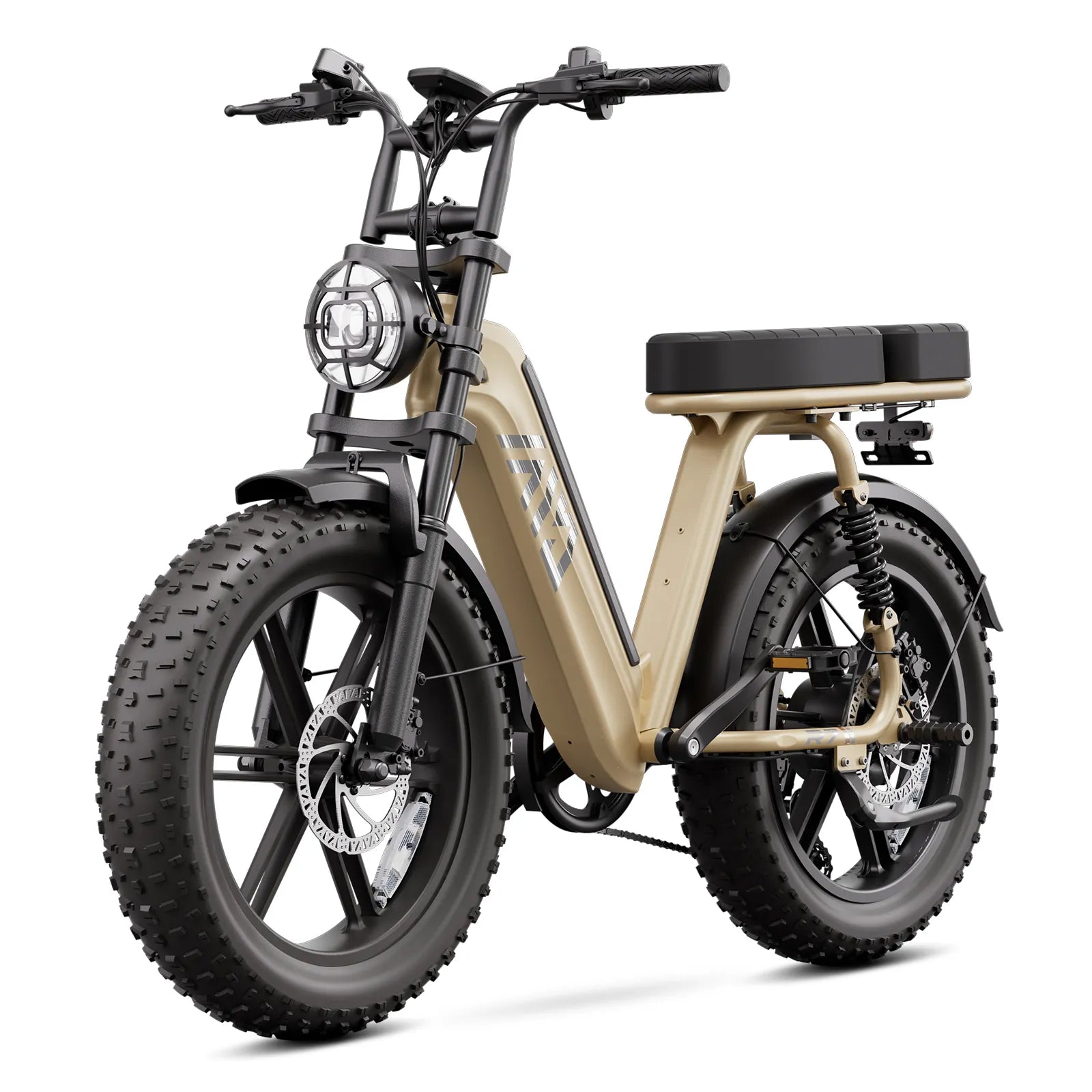
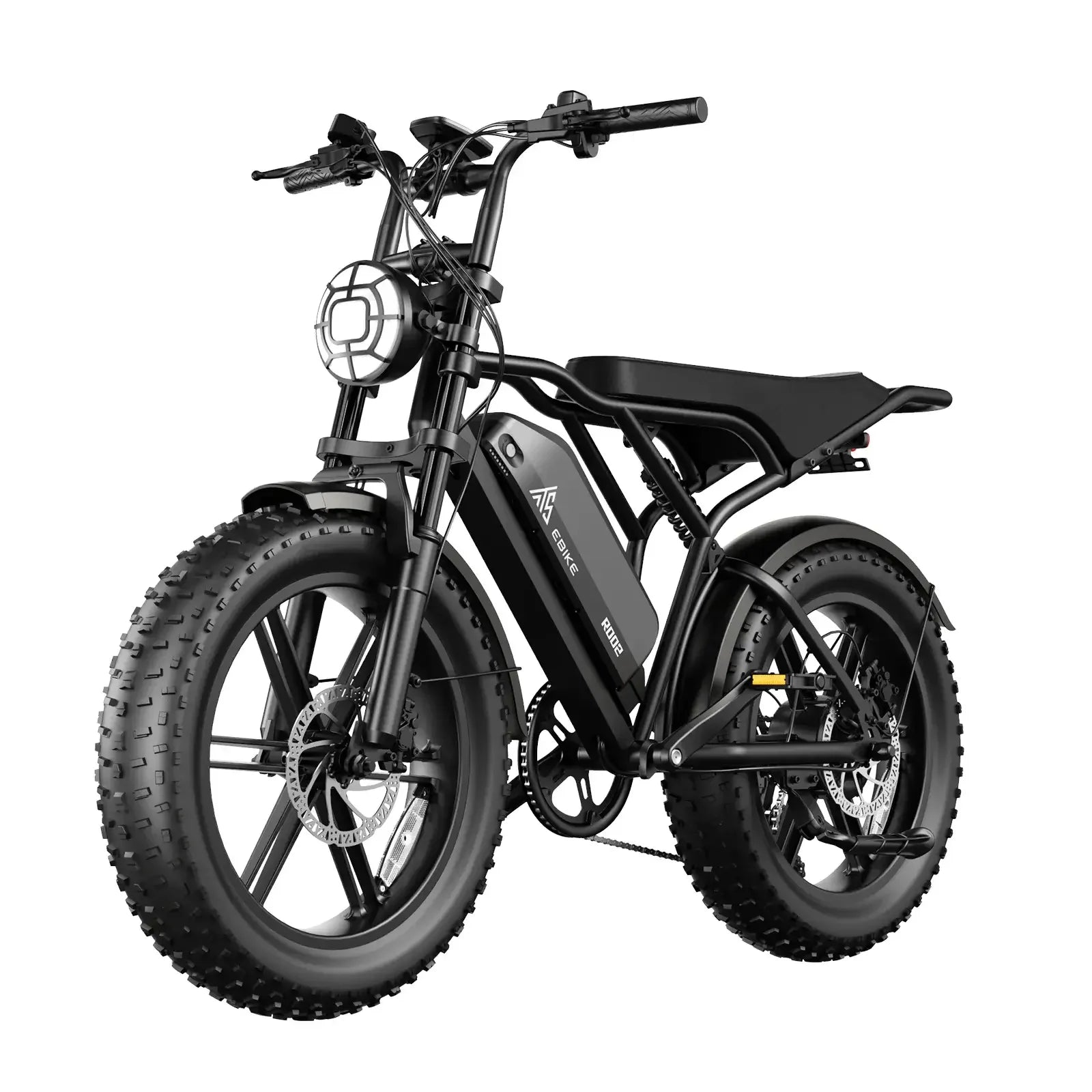

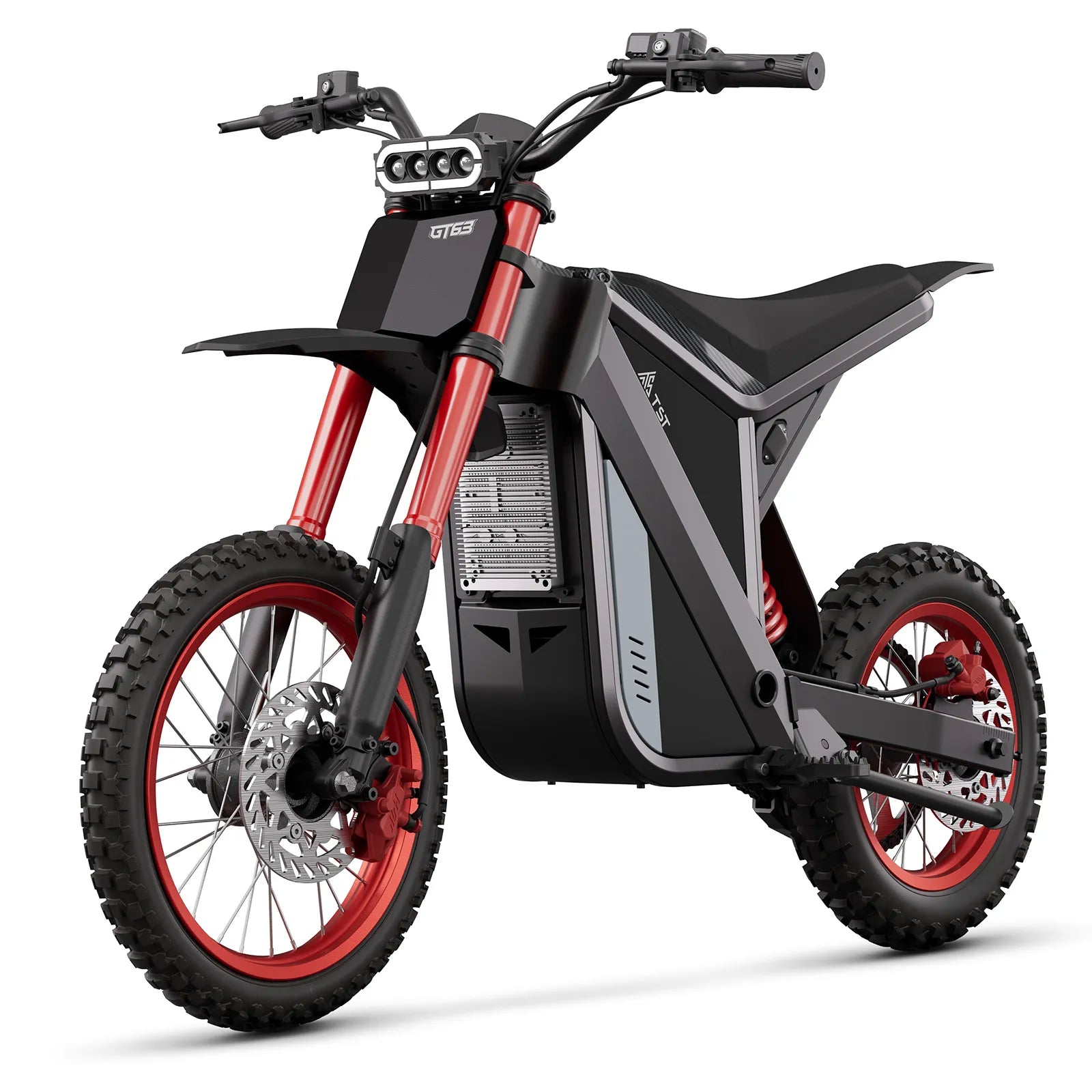
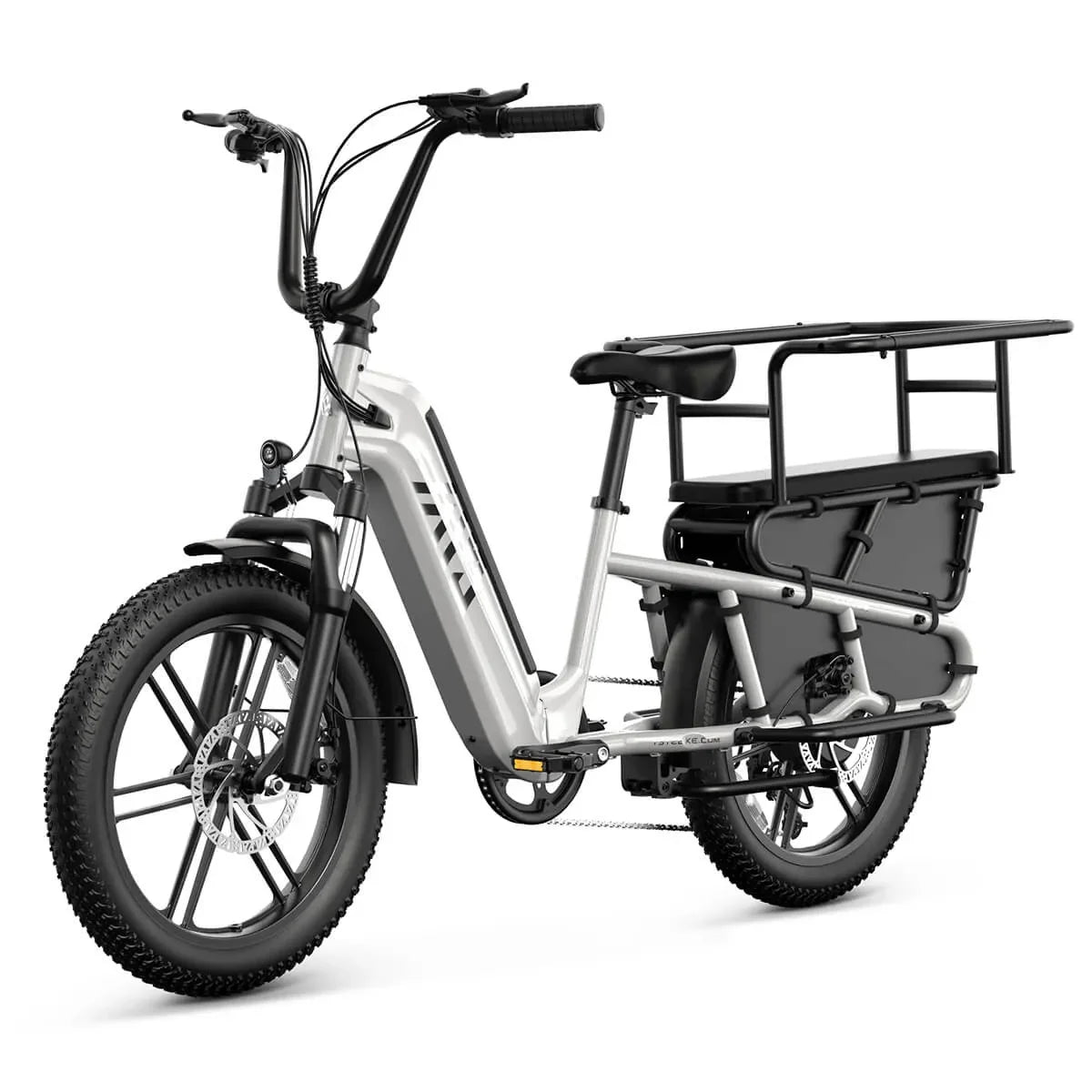
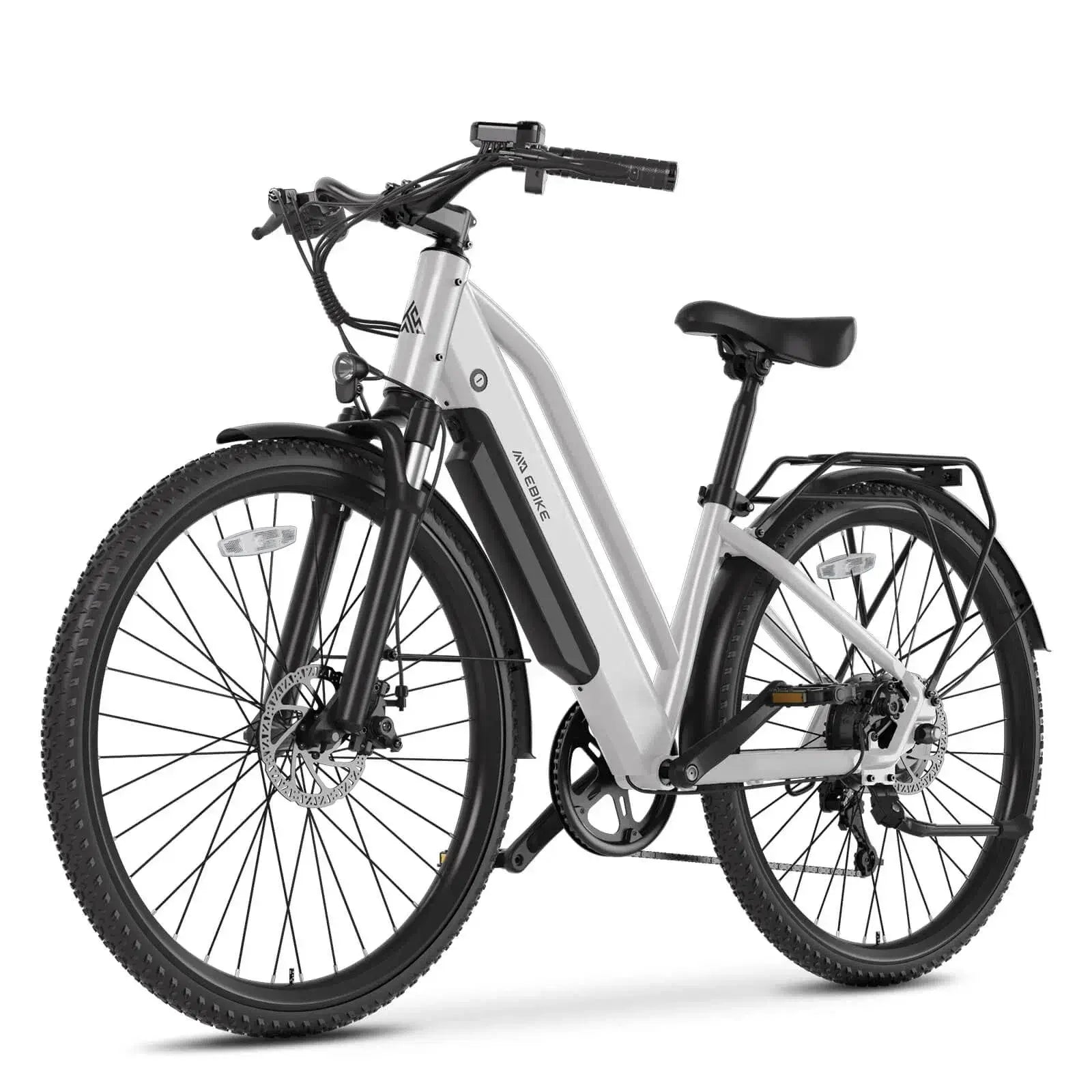
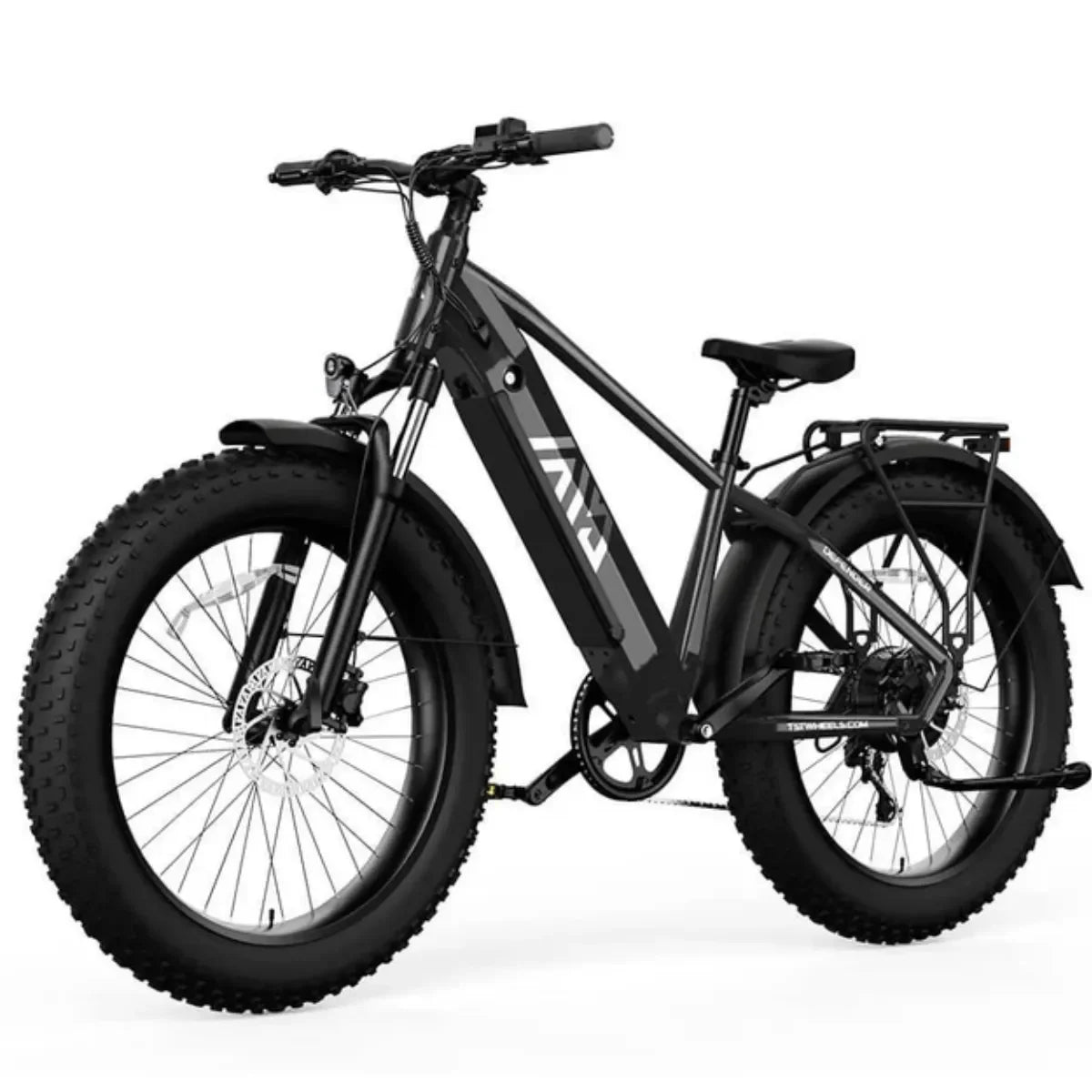
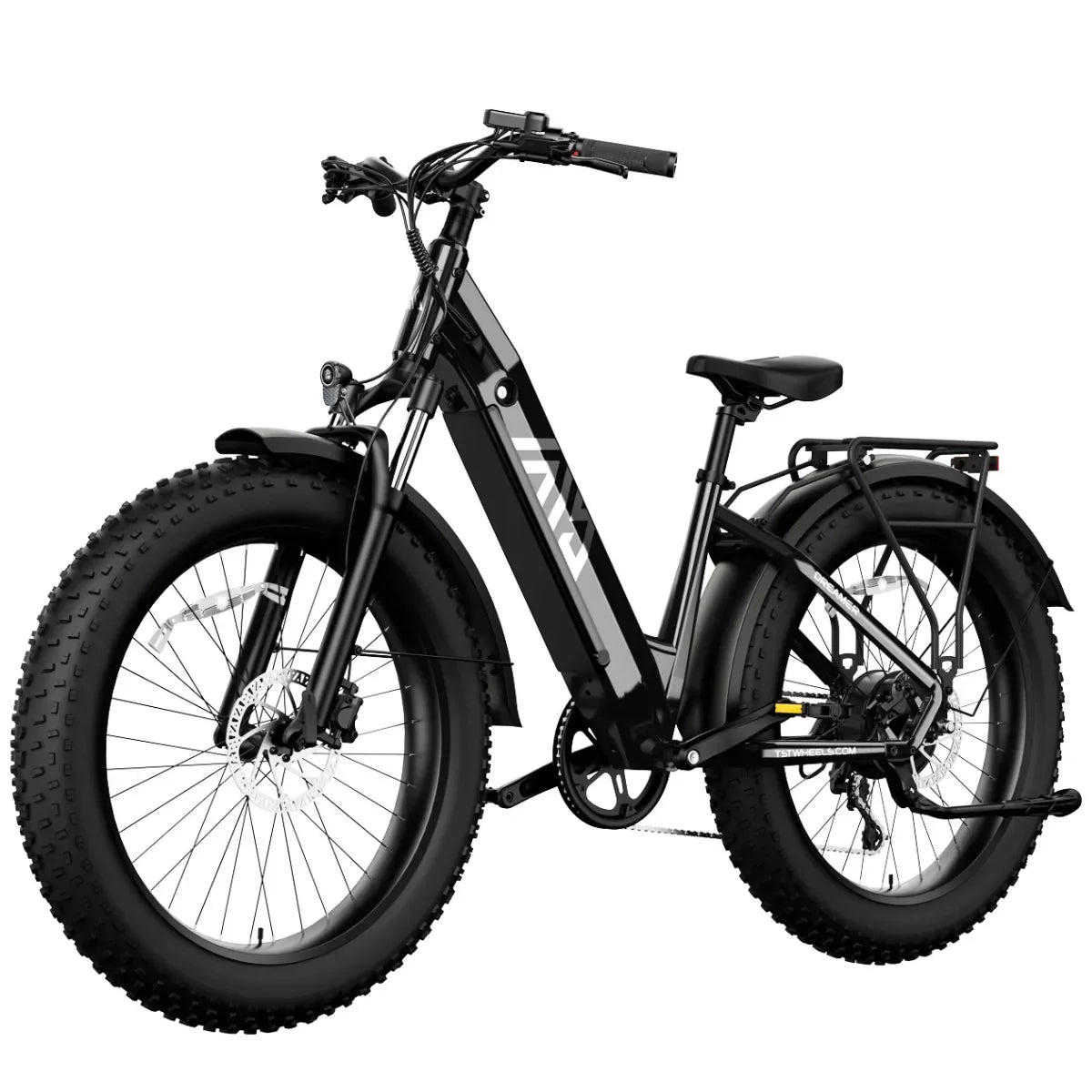

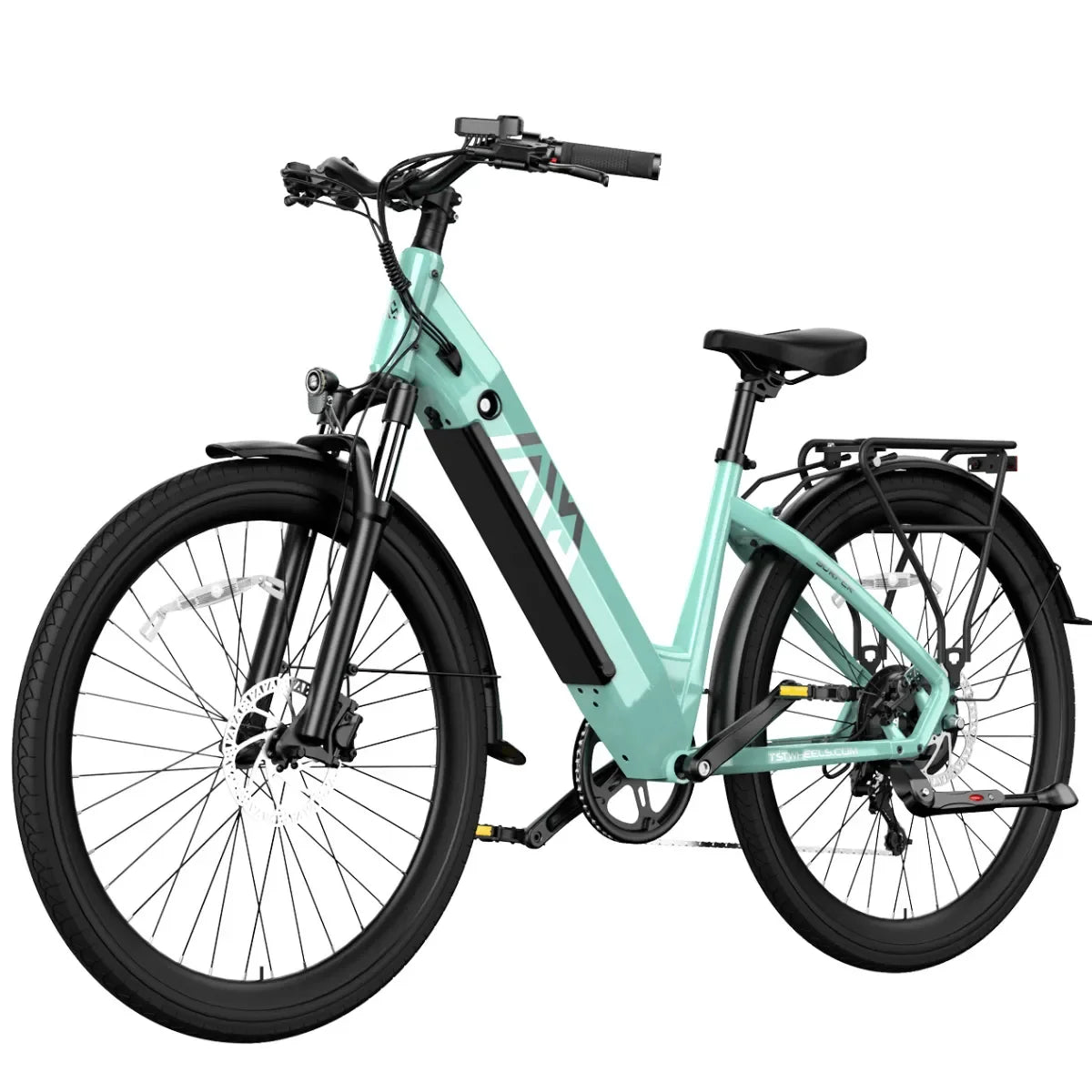
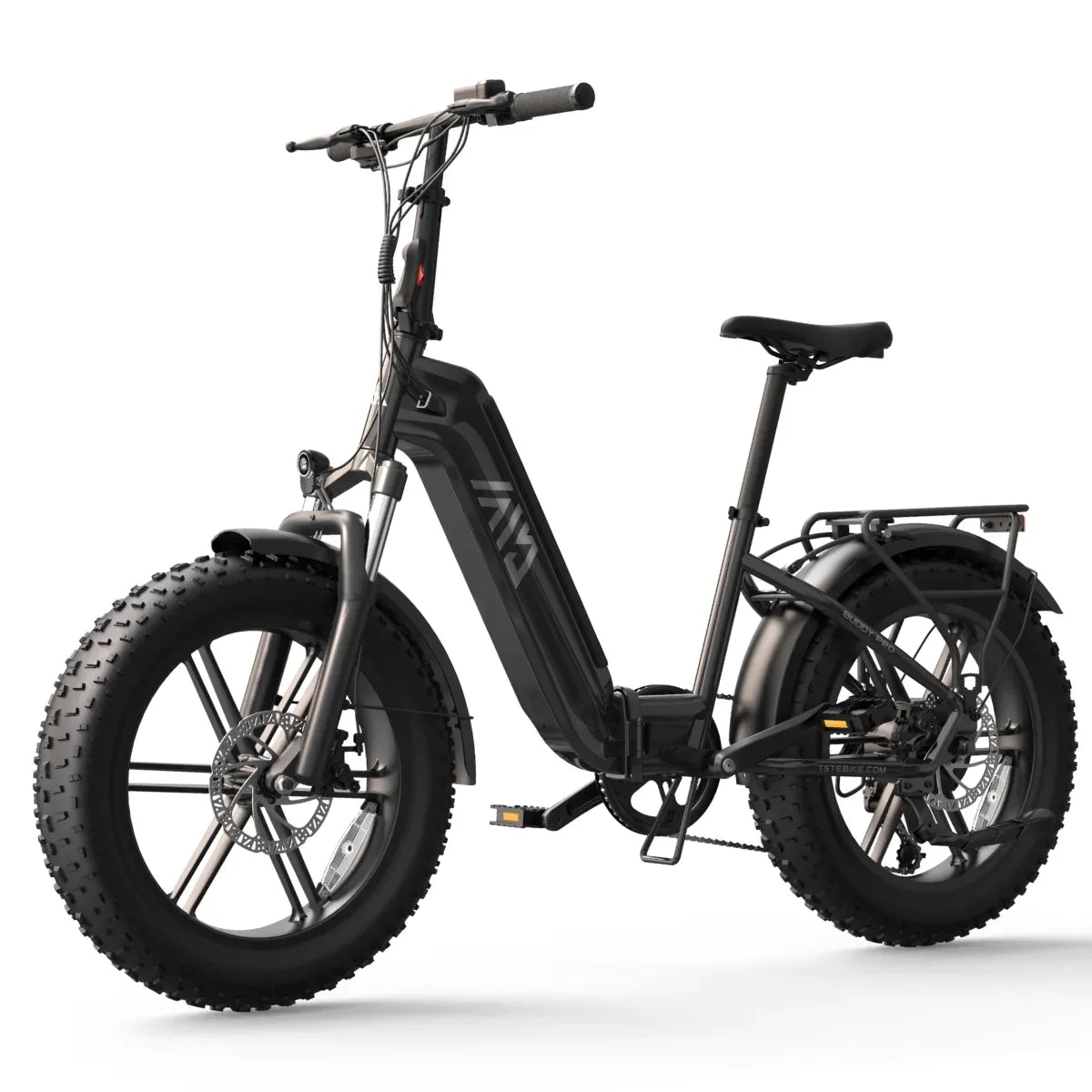
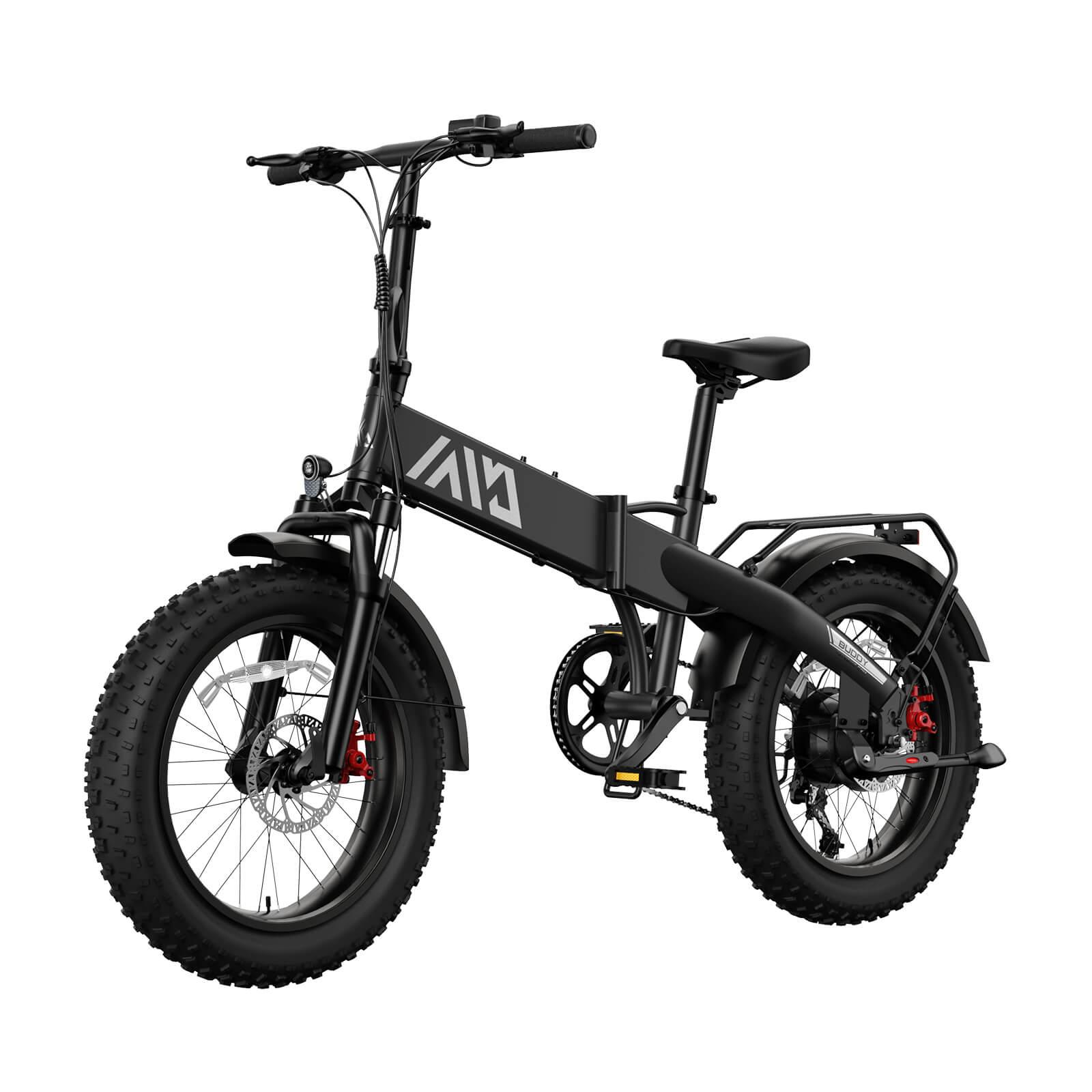
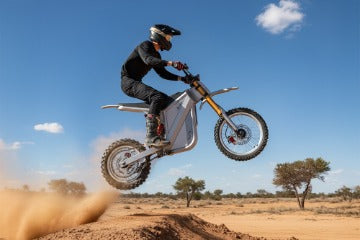
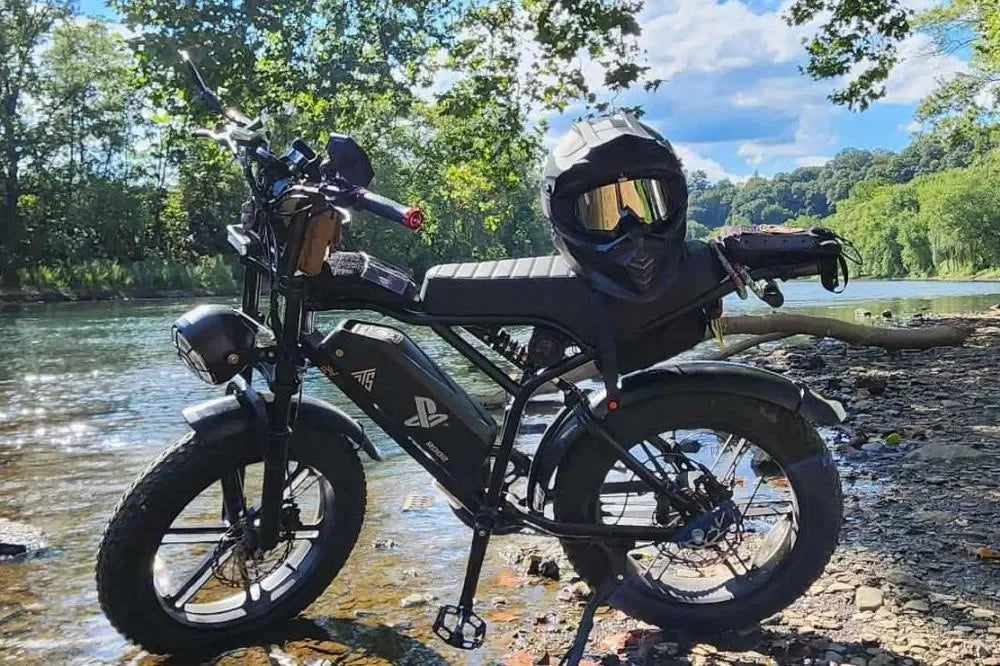
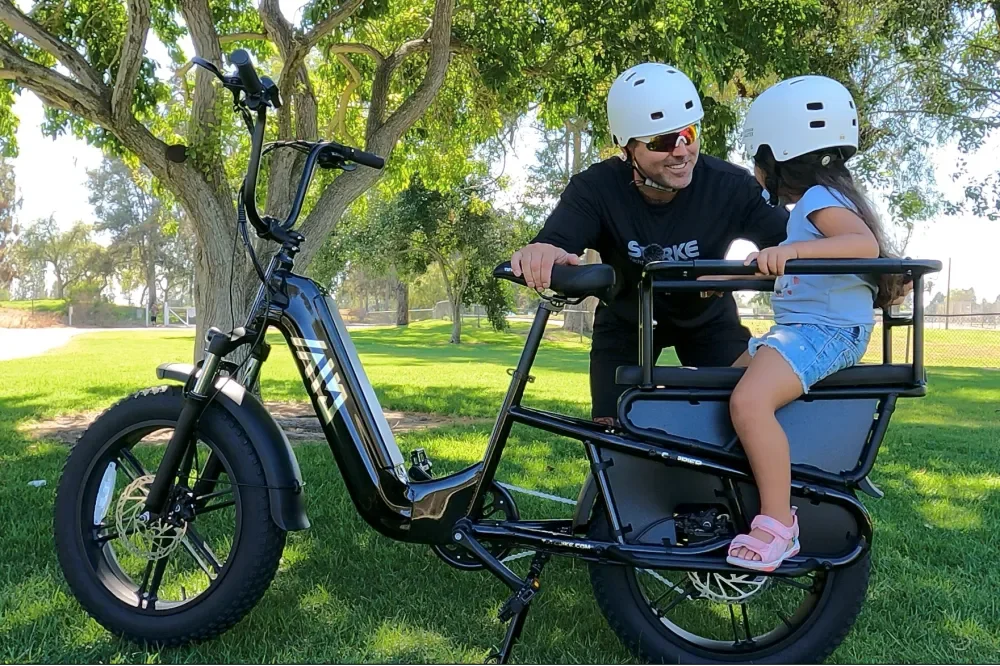
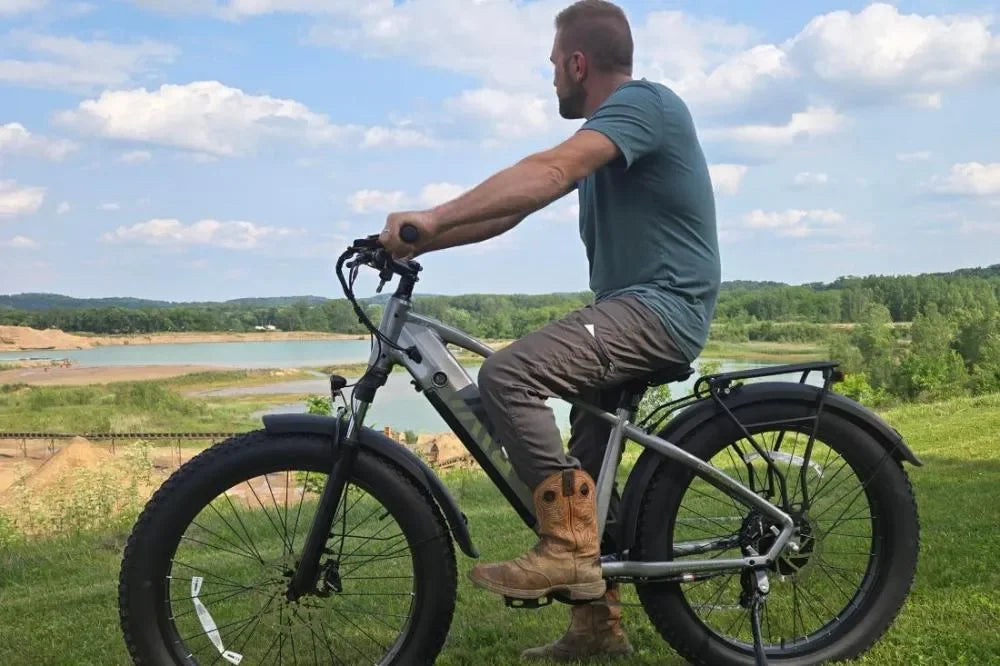
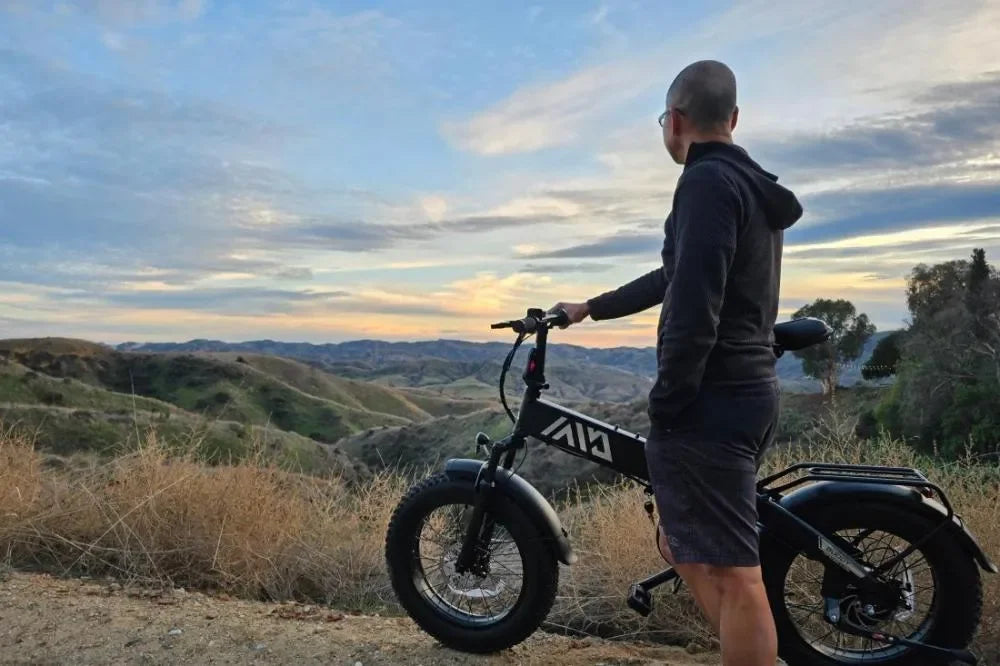
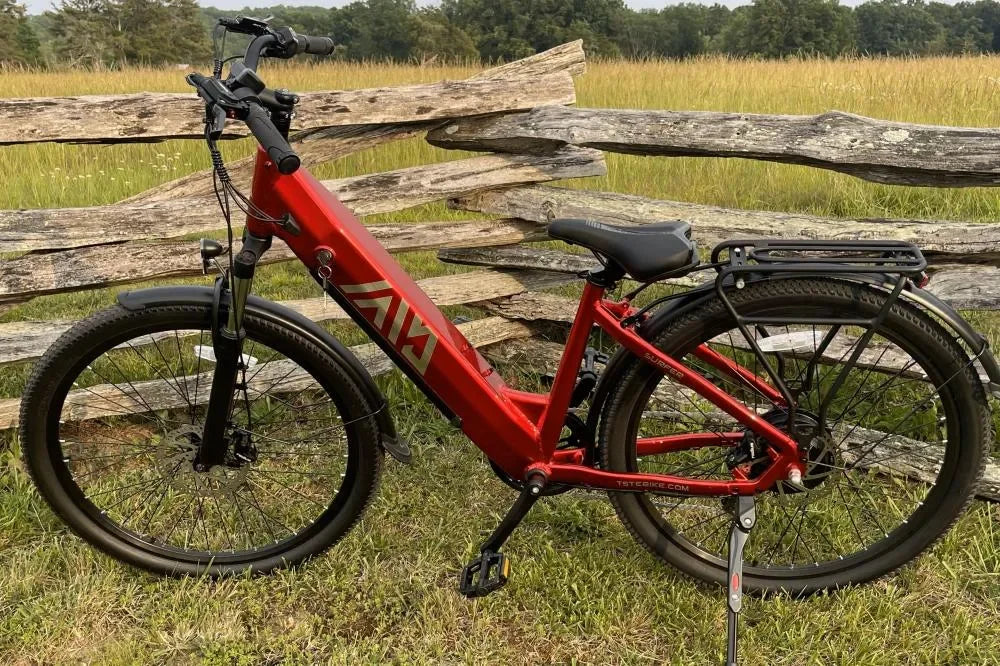
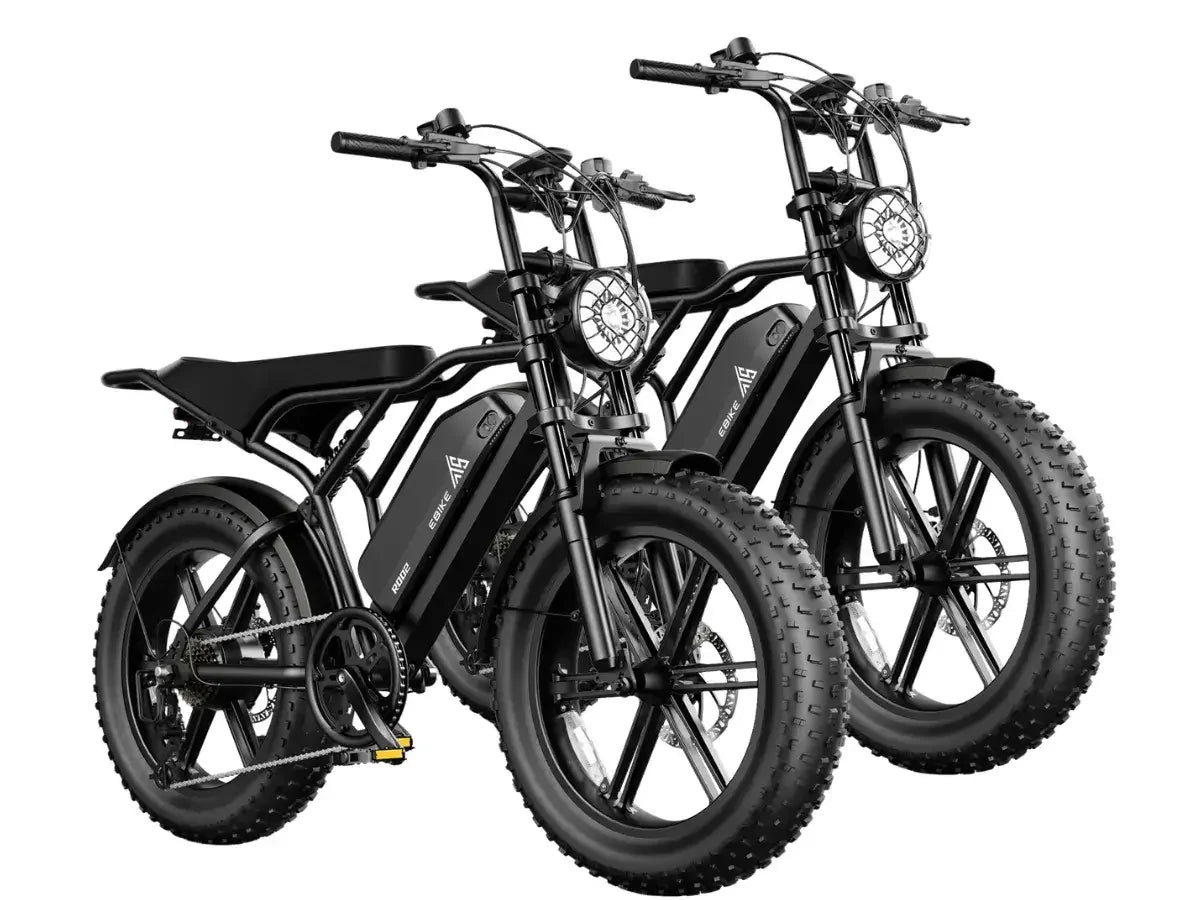
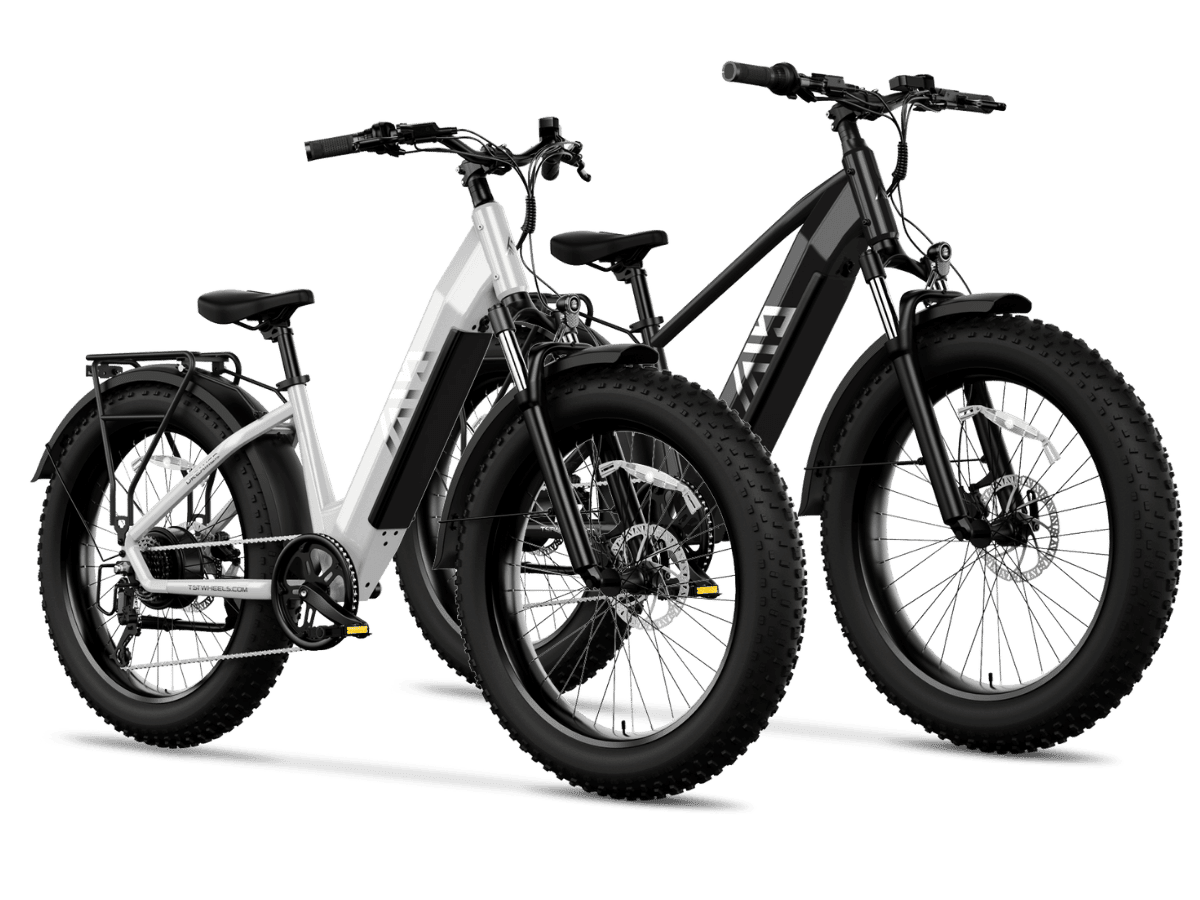
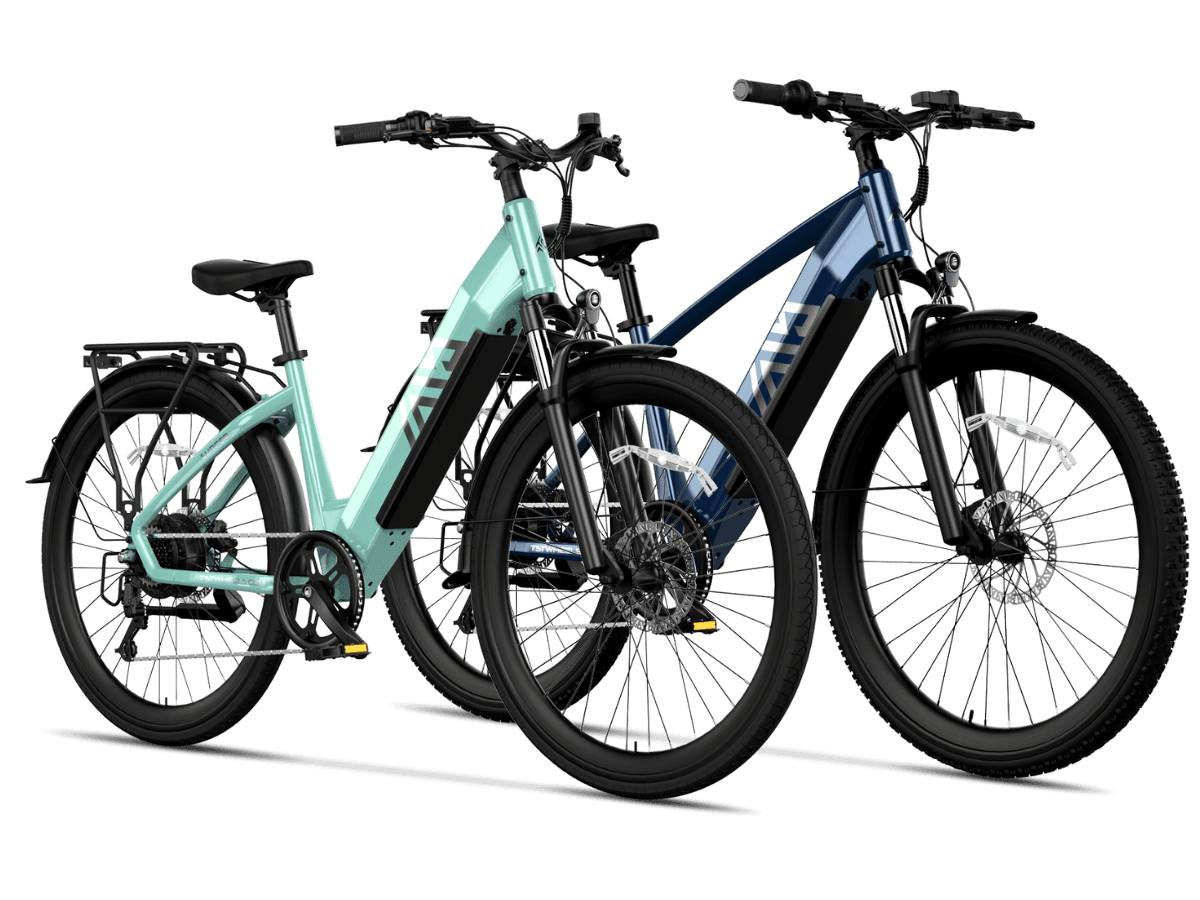
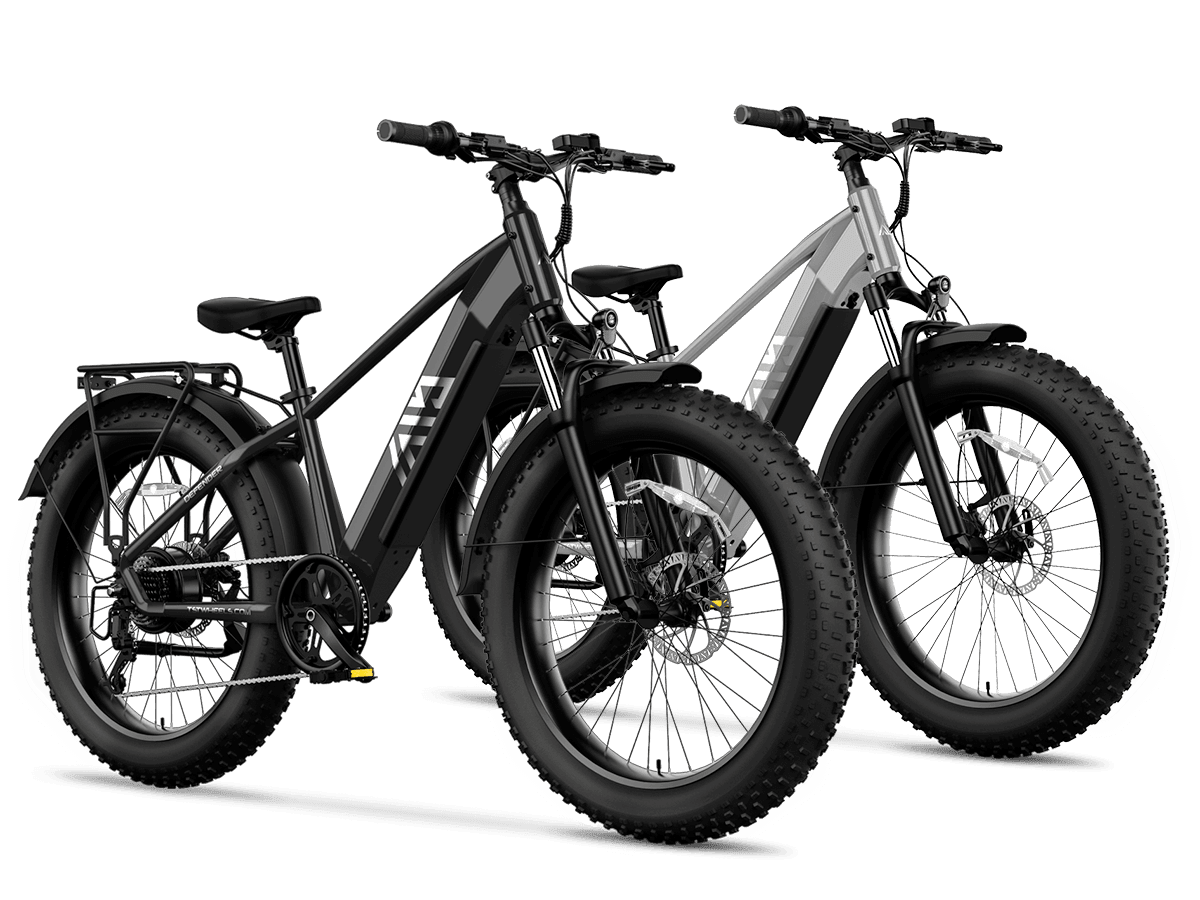
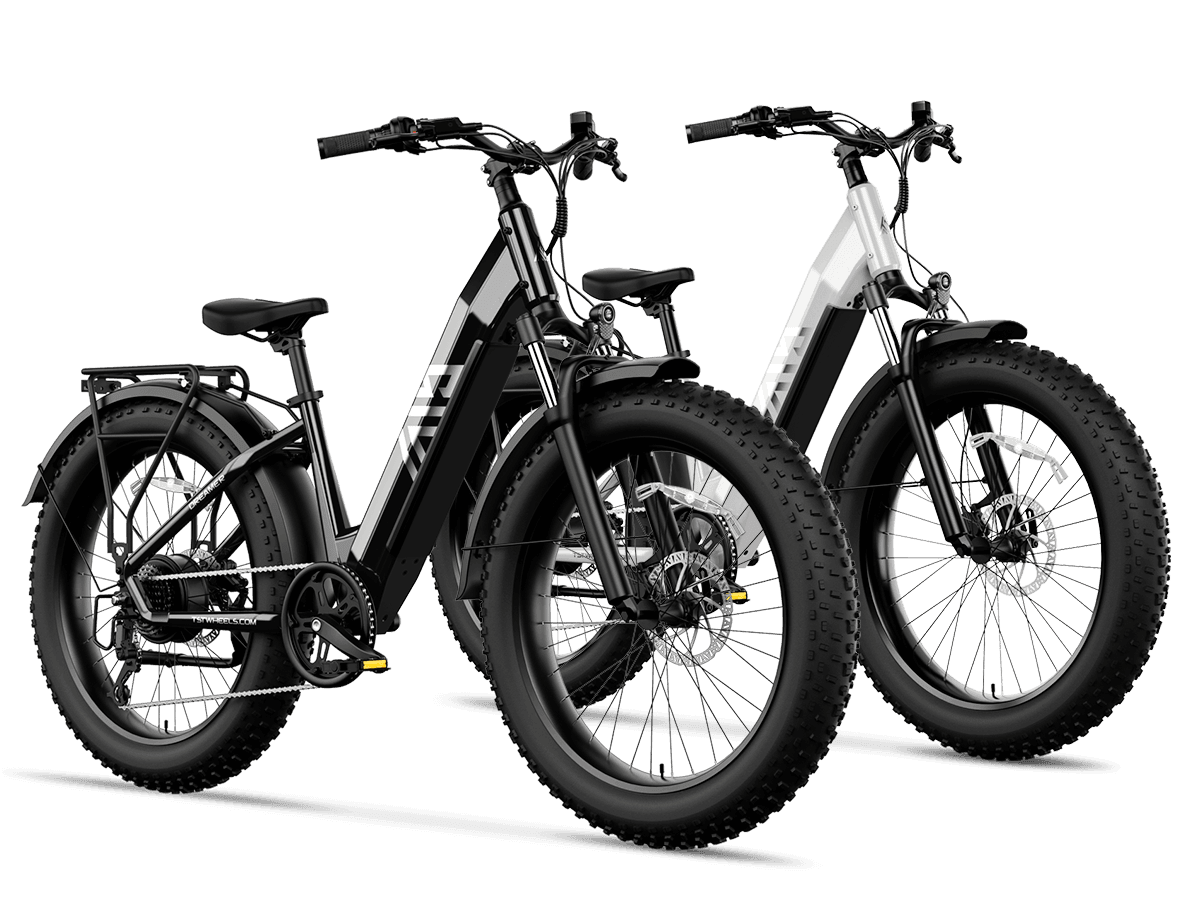
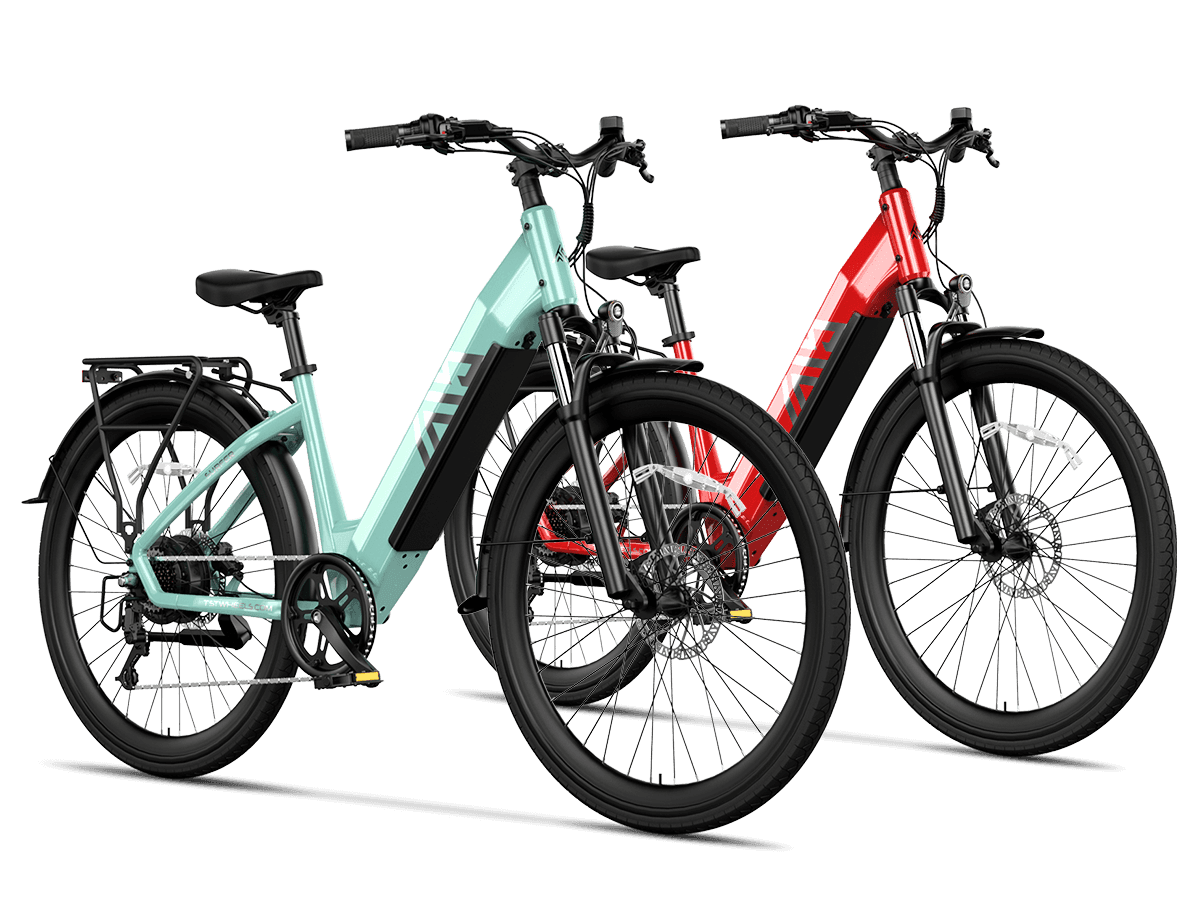
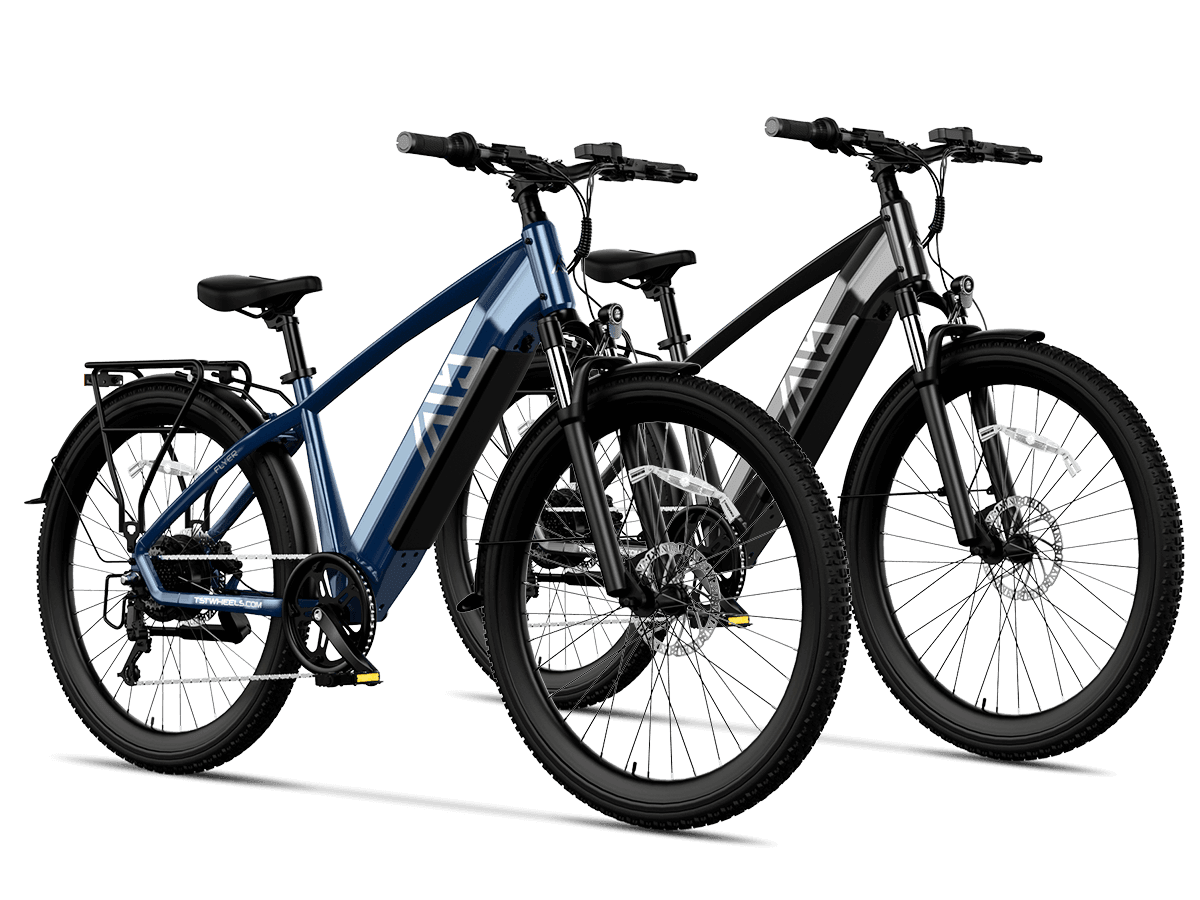

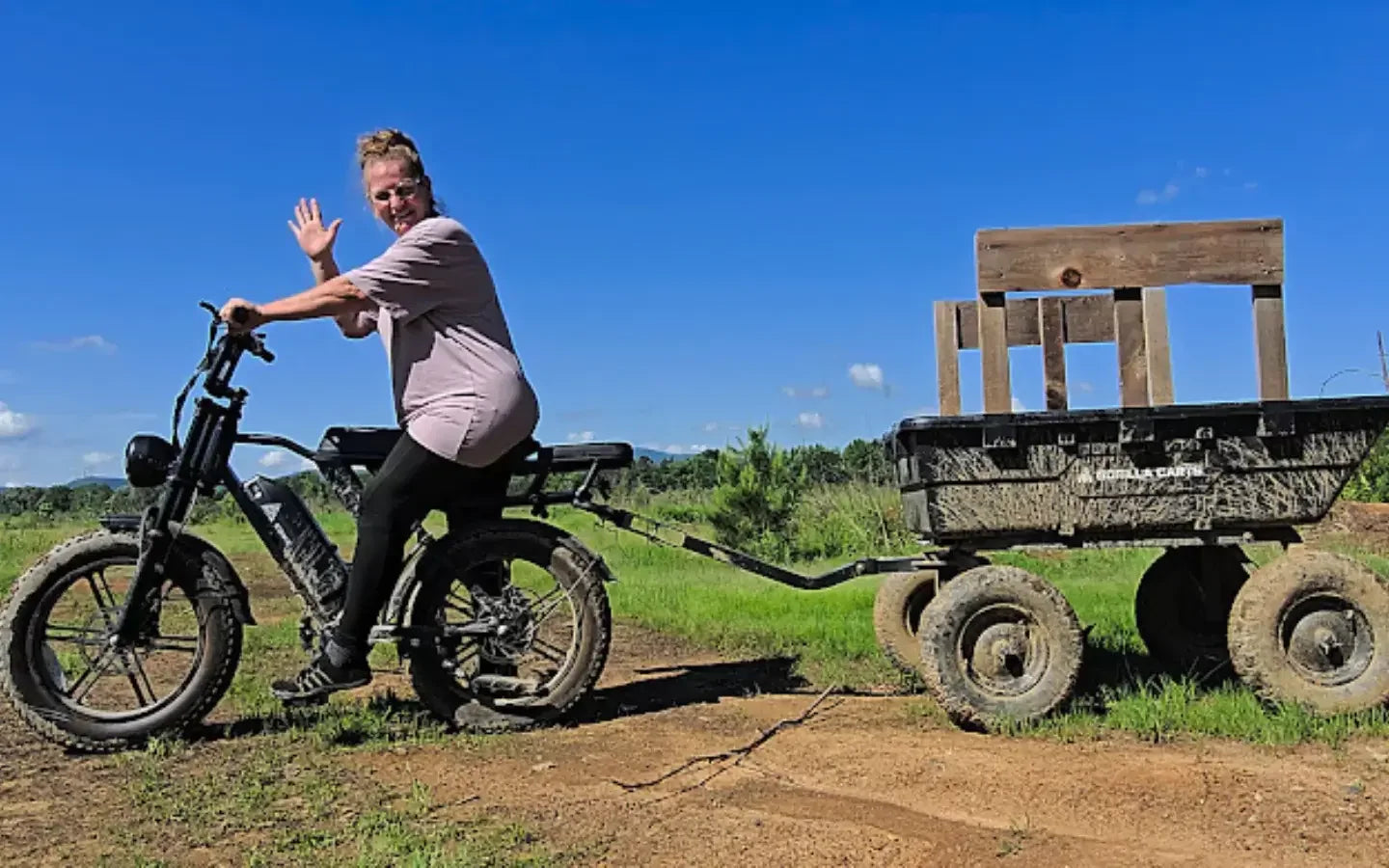
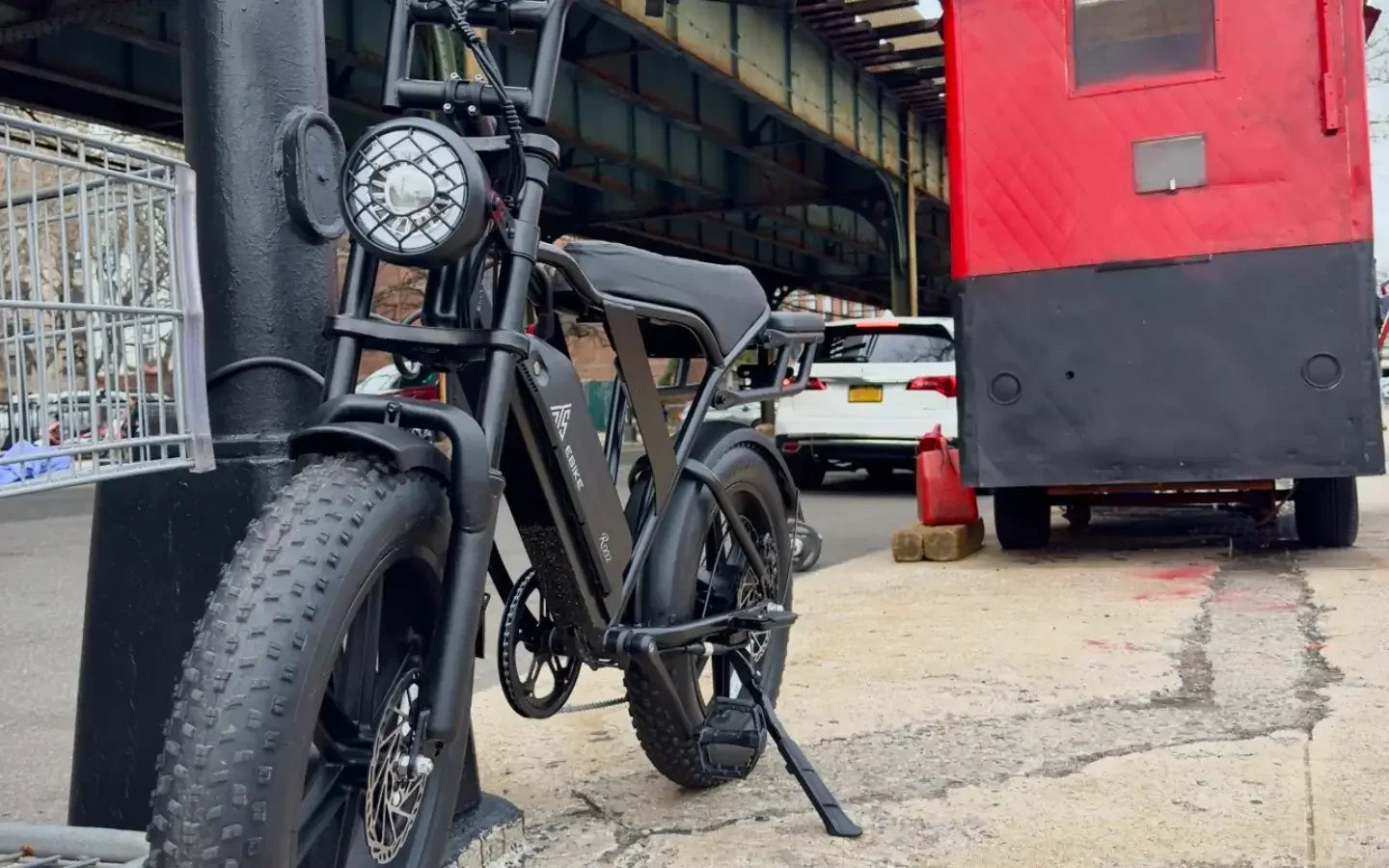
Leave a comment
This site is protected by hCaptcha and the hCaptcha Privacy Policy and Terms of Service apply.